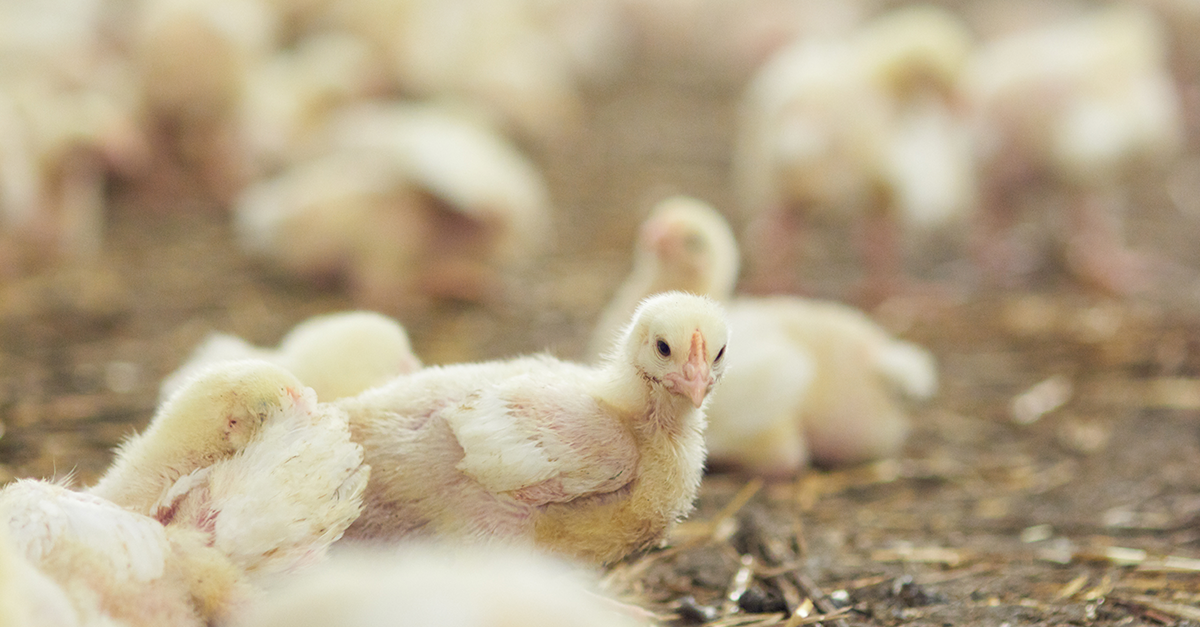
Bird flu milk has emerged as a topic of growing concern, raising questions about the transmission, symptoms, and prevention of this virus. This article delves into the complexities of bird flu milk, providing a comprehensive overview for a better understanding of its impact on human health and the economy.
Bird flu, also known as avian influenza, is a highly contagious viral infection that primarily affects birds. However, it can also spread to humans through contact with infected poultry or contaminated products, including milk.
Bird Flu Milk: Transmission, Symptoms, and Economic Impact

Bird flu, also known as avian influenza, is a highly contagious viral infection that primarily affects birds. However, it can also be transmitted to humans, raising concerns about its potential impact on the milk supply.
Bird Flu Transmission, Bird flu milk
Bird flu can be transmitted to humans through direct contact with infected birds or their bodily fluids. It is possible for bird flu to be transmitted to humans through milk if the milk has been contaminated with the virus from infected poultry.
The likelihood of contracting bird flu from consuming milk is considered to be low. However, outbreaks of bird flu in poultry have been reported in several countries, including China, the United States, and Europe. In some cases, these outbreaks have led to milk contamination and subsequent human infections.
Symptoms of Bird Flu in Humans
The symptoms of bird flu in humans can vary depending on the strain of the virus. Common symptoms include:
- Fever
- Cough
- Sore throat
- Muscle aches
- Headache
- Fatigue
- Nausea
- Vomiting
- Diarrhea
In severe cases, bird flu can lead to pneumonia, respiratory failure, and even death.
Treatment and Prevention of Bird Flu
There are several antiviral medications available to treat bird flu in humans. These medications are most effective when taken within the first 48 hours of symptom onset.
Preventing bird flu transmission through milk involves implementing strict hygiene practices in poultry farms and during milk production. This includes:
- Vaccinating poultry against bird flu
- Isolating infected birds
- Proper disposal of infected poultry and their waste
- Pasteurizing milk to kill any potential virus
Economic Impact of Bird Flu
Outbreaks of bird flu can have a significant economic impact on the poultry industry. Infected flocks may need to be culled to prevent the spread of the virus, leading to losses in egg and meat production.
Milk production and consumption can also be affected by bird flu. If milk is contaminated with the virus, it may need to be discarded, resulting in lost revenue for dairy farmers.
The economic impact of bird flu can extend beyond the poultry and dairy industries, affecting global food security and trade.
Research and Development
Ongoing research efforts are focused on developing vaccines and treatments for bird flu. Researchers are also exploring the use of gene editing technologies to create poultry that is resistant to the virus.
Public Health and Policy
Public health agencies play a crucial role in monitoring and controlling bird flu outbreaks. They work to prevent the spread of the virus through surveillance, testing, and quarantine measures.
Government policies and regulations aim to prevent bird flu transmission through milk and other food sources. These regulations include:
- Mandating the pasteurization of milk
- Restricting the import of poultry and poultry products from affected areas
- Educating the public about the risks of bird flu and how to prevent infection
Closure

In conclusion, bird flu milk poses significant risks to human health and the economy. Understanding the transmission, symptoms, prevention, and economic impact of bird flu is crucial for developing effective strategies to mitigate its spread and protect public health and livelihoods.







